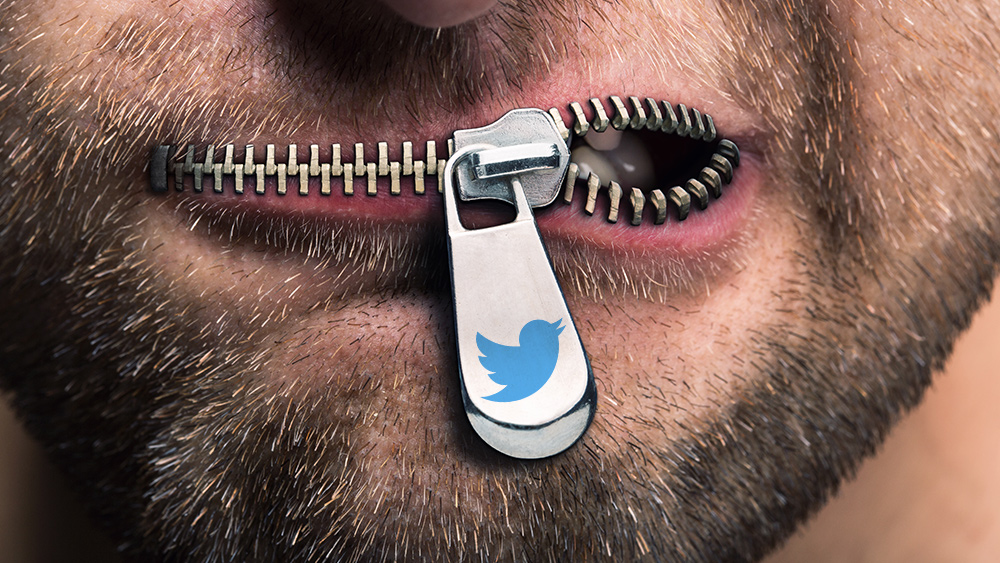
Advertisement
Since 2008, there have been 12 long-term studies done across the globe reviewing the effects of alcohol marketing and underage drinking. The study was led by the Center of Alcohol Marketing and Youth through the Johns Hopkins Bloomberg School of Public Health. The results were published in a special issue of the journal Addiction focusing on alcohol marketing and public health. They have shown not only an increase in underage drinking, but also in binge drinking.
The studies looked at the effects of exposure to marketing and ads on television, internet, radio, print, social media, and at sporting and other events. There were more than 35,000 participants across seven countries. What has been found is that alcohol is the leading cause of death and disability in men ages 15-24 around the world and in women of the same ages in wealthy countries and America. More than 4,300 deaths are caused by underage excessive drinking every year in the United States alone.
Binge drinking as defined by the Centers for Disease Control and Prevention is four or more drinks in 2 hours by women and five or more drinks in 2 hours by men. Approximately 11 percent of all alcohol consumption in the United States is done by youth aged 12-20 years, with the majority being binge drinking. The effects of binge drinking have been found to include negative public health consequences, such as attempted suicide, violence, illicit drug use and sexual assaults according to the CDC. It has also been found that those who begin drinking before the age of 15 have a higher chance of developing alcohol dependence or abuse further down the road than those who began drinking later in life.
In the United States, marketing and advertising is self-regulated primarily by the alcohol industry themselves, leaving much to be desired. There has been sufficient evidence that marketing exposure has been nearly as high or as high among youth as it is among older teens and young adults. The alcohol industry’s voluntary marketing codes are not stopping advertising from reaching children as young as 10 years old. “Public health policies that can reduce or mitigate the effect of alcohol marketing exposure on youth drinking behavior are sorely needed,” study leader David Jernigan, PhD says. “With numerous countries considering greater restrictions on alcohol marketing, the findings of these studies signal the public health importance of that debate.”
Several ideas have been put forth as ideas to help control the marketing that our youth will see in regards to alcohol. Some of these include a comprehensive ban on advertising, statutory regulations enforced by an appropriate public health organization, and regulations independent of the alcohol industry, whose primary concern is growing profits.
Sources:
Submit a correction >>
This article may contain statements that reflect the opinion of the author
Advertisement
Advertisements















